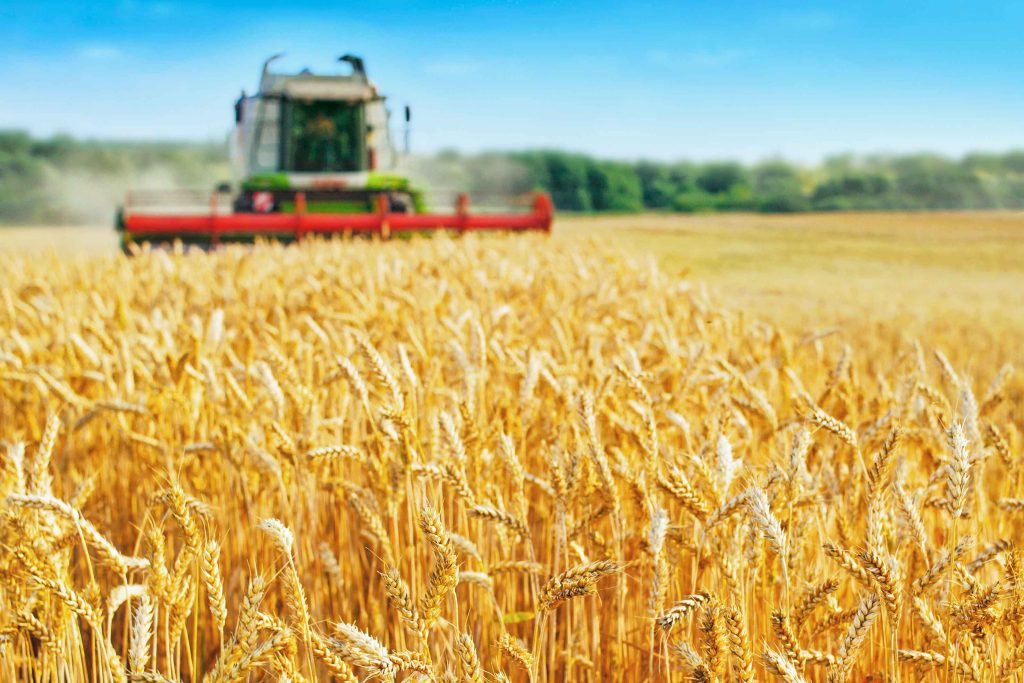
Soil Type
The soil ideal for wheat growth are soils with a clay loam texture, good structure and moderate water holding capacity.
Land Preparation
Plough
Detail: Ploughing 2 to 3 times is required.
Sowing Season
Normal Sowing Time
Detail: 25 Oct – 20 NOV
Late Sowing Time
Detail: December – With increased seed rate (60 kg/acre)
Layout
Row – Row Distance
Detail: 20 cm
Irrigation
First Irrigation
Detail: 18 – 25 days after sowing
Second Irrigation
Detail: During the tillering stage which takes places 40 – 45 days after first irrigation.
Third Irrigation
Detail: At spike emergence
Fourth Irrigation
Detail: At flowering stage
Fifth Irrigation
Detail: At milk stage
Suitable areas in KPK
The Major wheat cultivation districts in KPK are Swat, Mansehra, D.I Khan, Mardan, Charsadda, Sawabi, Peshawar and Buner.
Varieties
Barani Areas
SHAHKAR-2013, PERSABAK-2015, Wadan-2017, Awaz, Nifa Lalma, Persabak-2005, Aman
Irrigated Areas
PIRSABAK-2013, PAKHTUNKHWA-2015, Paseena-2017, NIFAAMAN-2017, Wadan-2017, Khaista-2017, Kohat-2017, Shahid-2017, Israr Shaheed, PIRSABAK-2019
Fertilizer
NPK: 54:34:25 kg
Harvesting Time
The harvesting time for wheat is from April to May each year.
Note: The best harvesting time is when the Grain Moisture Content is 16%-17% (grain breaks with sound)
Production
KPK: The average production of wheat in KPK is 18.36 mond per acre
Source: Pakistan Agri statistics (2021-22)
Diseases
1.Leaf Rust/Brown Rust
Identification
Leaf rust is caused by the fungus called Puccinia triticina. To identify leaf rust, farmers must know that it only attacks foliage. Symptoms of this disease are dusty, reddish orange to reddish-brown fruiting bodies that appear on the leaf surface. These lesions produce numerous spores, which can cover nearly the entire upper leaf surface.
MANAGEMENT
This can be mitigated through several options like seed treatments, variety selection, scouting, cultural practices and fungicide applications.
CULTURAL PRACTICES
TO PREVENT DISEASES, MAKE SURE TO PLANT A DISEASE-FREE SEED AND CONTINUE PROPER WEED CONTROL DURING THE WHOLE PLANTATION AND CULTIVATION PROCESS.
FUNGICIDES
Control over wheat rusts is achievable with the use of commercially available fungicides and proper application timing. The decision to use fungicides can be made once the disease has been identified correctly. Best fungicides are Azoxystrobin, Propiconazole, Tebuconazole and Trifloxystrobin.
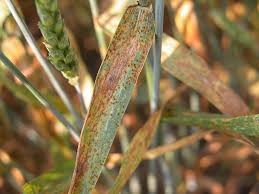
2. Stem Rust
Identification
Stem rust, also known as black rust, is caused by the fungus Puccinia graminis. The main cause of stem rust are when raised spots (pustules) form on stems and leaf sheaths, while they can also form on awns, glumes and seeds.
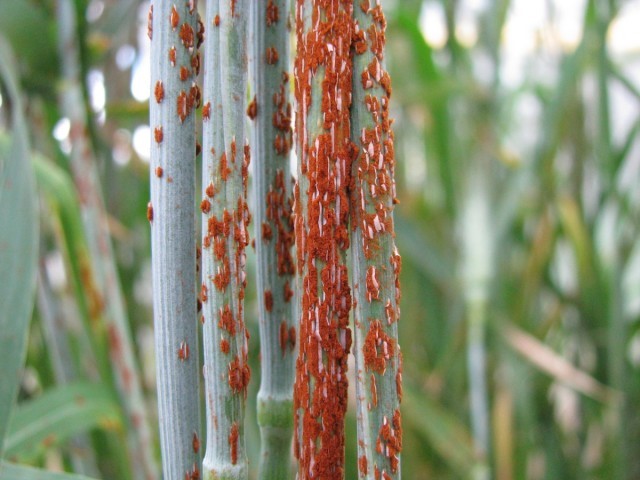
Management
This can be mitigated through several options like seed treatments, variety selection, scouting, cultural practices and fungicide applications.
Cultural practices
To prevent diseases, make sure to plant a disease-free seed and continue proper weed control during the whole plantation and cultivation process.
Fungicides
Control over stem rusts ids achievable with the use of commercially available fungicides and proper application timing. The decision to use fungicides can be made once the disease has been identified correctly. Best fungicides are Azoxystrobin, Propiconazole, Tebuconazole and Trifloxystrobin.
3. Stripe Rust/Yellow Rust
Identification
Stripe rust, also known as yellow rust, is caused by the fungus Puccinia striiformis f. sp. tritici. The disease primarily occurs on leaves, although glumes and awns may also be affected.
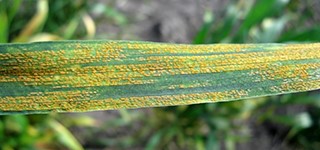
Management
This can be mitigated through several options like seed treatments, variety selection, scouting, cultural practices and fungicide applications.
Cultural practices
To prevent diseases, make sure to plant a disease-free seed and continue proper weed control during the whole plantation and cultivation process.
Fungicides
Control over stripe rusts are achievable with the use of commercially available fungicides and proper application timing. The decision to use fungicides can be made once the disease has been identified correctly. Best fungicides are Azoxystrobin, Propiconazole, Tebuconazole and Trifloxystrobin.
Insect pest
Aphid,
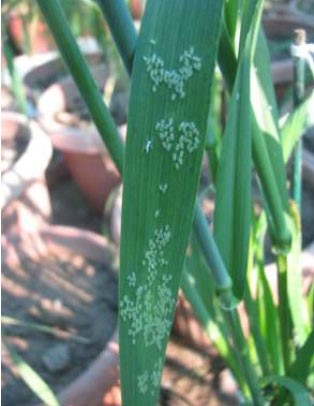
Identification
The body of this insect is pear like and excretes sweet fluid that causes growth of black fungus on the plant.
Management
Cultural Control
The traditional method to control wheat aphid is to set up a trap plant. By sowing two lines of brassica campestris at the distance of 100 feet from wheat crop, the aphid will attack on brassica campestris first and farmers will be able to spot them before any damages.
Chemical Control
- Imidacloprid (Dose 80-150 ml / acre)
- Acetamiprid (Dose 150g / acre)
- Bifenthrin (Dose 250 ml / acre)
